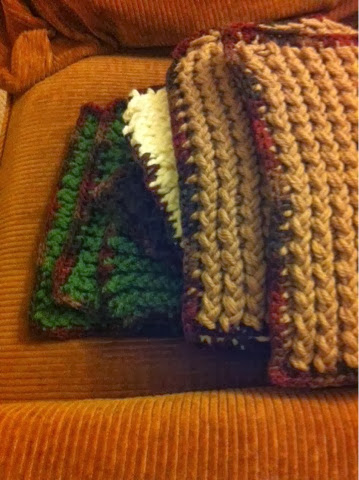

But the right blanket can sometimes make the most significant difference in a night of restful sleep.īelow are some other blanket sizes and their uses.

However, there may be a slight difference in measurement for small businesses and homemade crafts due to the products’ hand-made nature.Ĭhoosing the right blanket size may seem like a menial task. You can expect to find these standard sizes in department stores and other big establishments. There are various blanket sizes in the market. People in the UK might sometimes call this blanket a throw blanket because it is perfect for throwing over the couch or bed. Relative to a person, it is about the size of a small person, both length and width-wise. You might be wondering, how big is a 50 by 60 blanket? A 50×60 blanket is roughly 1.27 meters by 1.54 meters. Be sure to follow your chosen blanket pattern diligently, and you won’t encounter any issues. You’re aiming to have bottom and top rows of loops around each peg. Once you’ve reached the end, remember to bring the yarn across to the other side and loop as you finish the blanket. Continue doing these loops throughout the loom until you reach one side. Bring the working yarn behind the second peg and back to the front to create a loop. Place the slip knot you just made on the rightmost first peg of the loom side closest to you. Catch the strand with your thumb and index finger and pull on your working yarn. Then, make a slip knot with a yarn loop and insert the loose strand into it. Pick a side where you want to start the project on your loom. Weave the tail through the blanket, and you finished the job. Finally, tie the last stitch and remove the anchor yarn that you used as a guide.Hook the stitch farthest from the yarn tail and pull another stitch over it until you finished binding off. As for the other end of your blanket, you’ll use the anchor yarn for binding off.Pull through this loop to knot and weave the tail into the blanket. Wrap the tail and knot the end before inserting it through the final stitch.Once you’ve finished binding off across the loom, cut the yarn and leave around 5 inches of tail.Knit over these stitches, so they combine into one before picking another stitch and knitting over it. Pick the stitch on the rightmost peg of the upper row with a knitting tool and do the same to the stitch on the leftmost peg.
#Easy long loom blanket for beginners how to
How To Bind Off A Blanket On A Rectangular Loom

Knit over the stitches and stockinette stitch until you reach the final blanket dimensions. Tug your anchor yarn’s ends and stockinette stitch across the loom twice to have the yarn on the left. At this point, you will knit over the stitches on the upper row before making two passes. Then, you want to knit on the lower row from left to right before moving to the lower row’s right end and knitting back to the loom’s centre. Hook the lower leftmost peg’s yarn on a knitting tool and pull it up and over. Once you’re at the loom’s right end, work the yarn back to the left end. Remember that the yarn should be around every other peg, and you’re alternating between upper and lower rows. The final step is working the stockinette stitch across the loom. To help you work the blanket on the pegs, don’t forget to ensure that the yarn is underneath each peg. Make sure to use a different colour and lay it across the loom before tucking its ends underneath. Since you’re looming a blanket, you will need an anchor yarn to keep the project in the loom. Work the yarn again across the loom and bring it up and around the last peg on the upper row’s right when you’re reaching the end of the lower row.

Move back and forth until the end of the loom. You will then alternate between the upper and lower rows when wrapping the yarn around every peg. Then, pull on the yarn to tighten the knot around the peg. You can easily slide the yarn tail underneath the loom leg to lift it before putting it back down. Push the knot onto the peg furthest to the left on the upper row. You should also check if there is an inch of space between each peg before making a slip knot, ensuring that you have a 6-inch tail from the yarn before you pull it. To begin, you’ll set the loom with 64 pegs on each side onto your working surface. How To Loom A Blanket On A Rectangular Loom For Beginners Would you please carry on reading to get started and know why this project is beginner-friendly? If you’re working with bulky yarn, you’ll also have an easier time with a rectangular loom. But what makes a rectangular loom unique? The overall design of the rectangular loom makes it suitable for blankets and similar items.


 0 kommentar(er)
0 kommentar(er)
